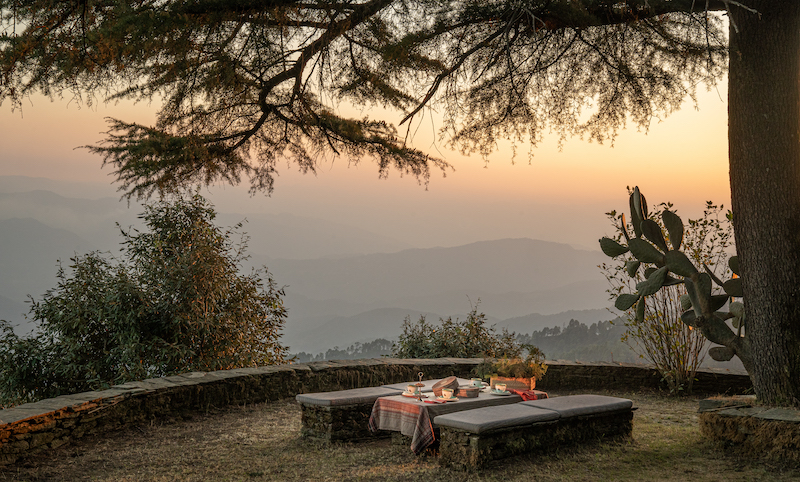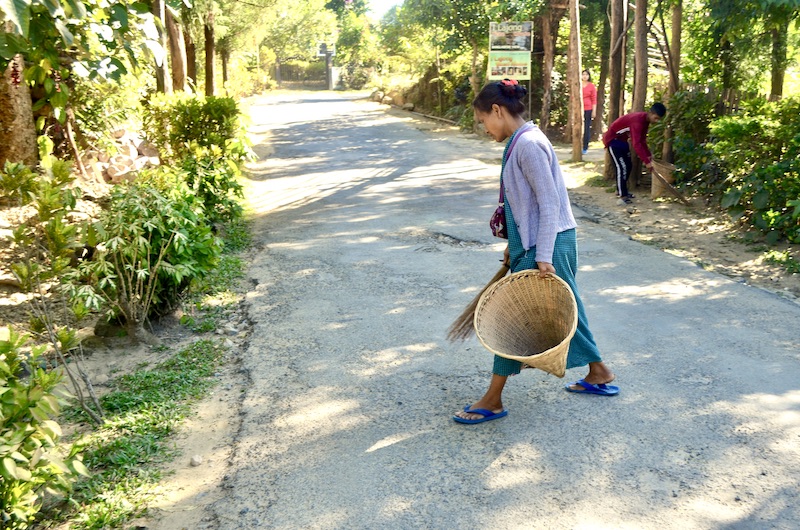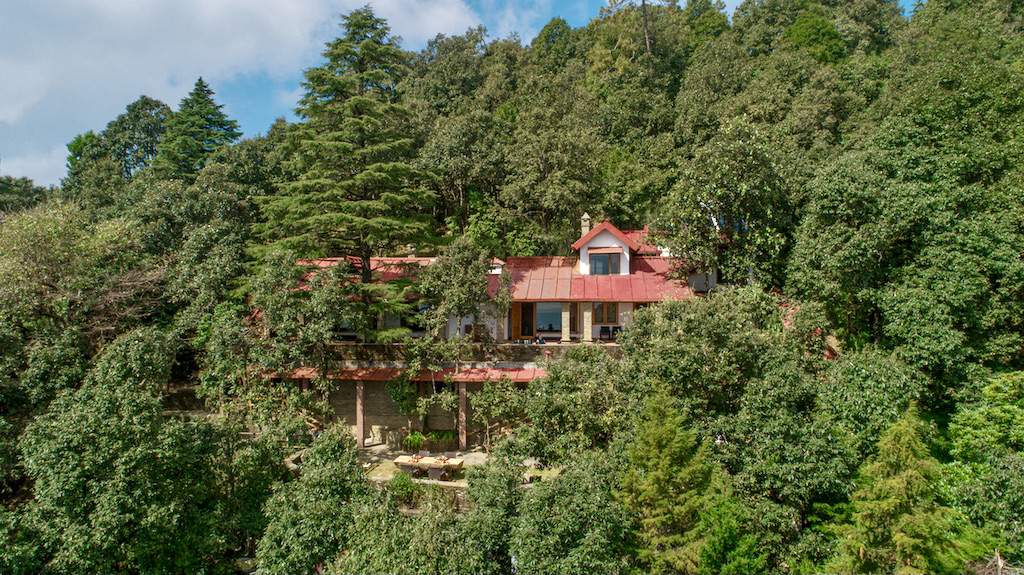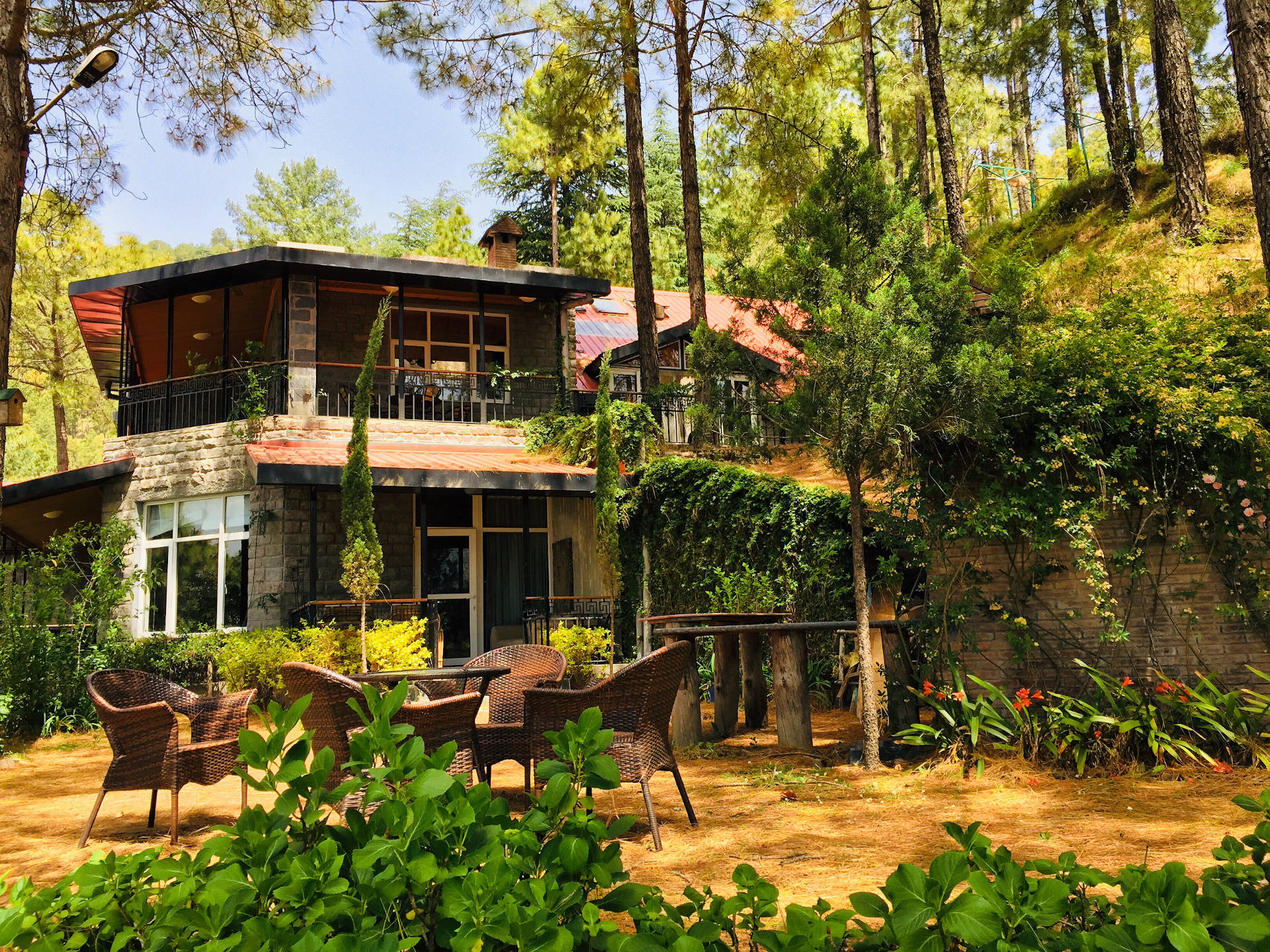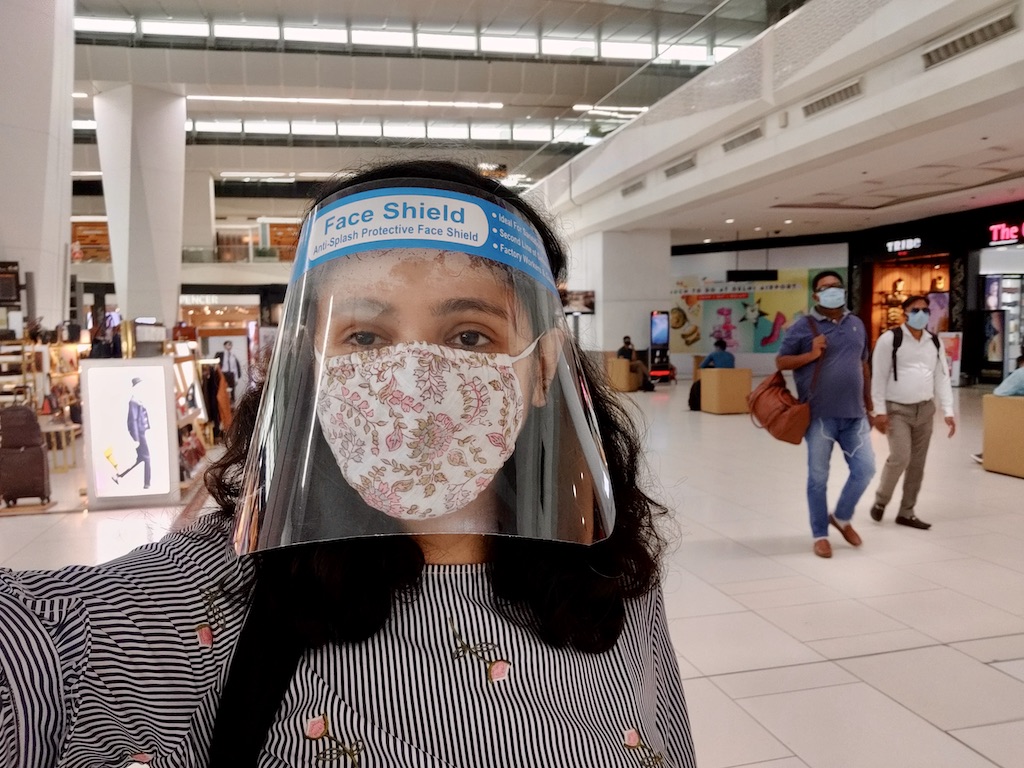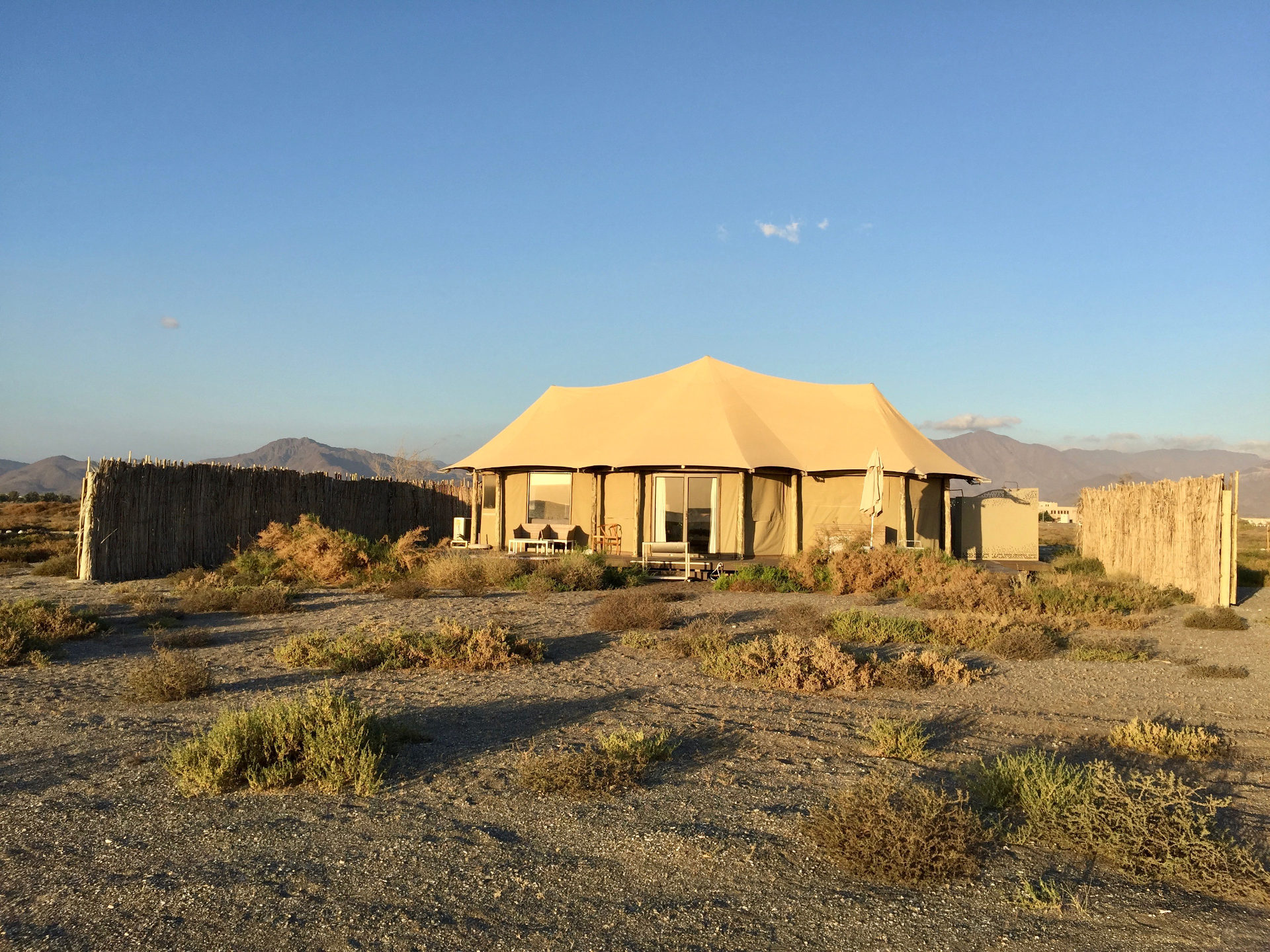For a person like me who lived out of a suitcase for years, the past four months have been tough. I don’t remember the last time I was at home for such a long stretch. This pandemic has taken over our lives and to beat my stress and tension, I took to cooking and baking. Starting from a simple yogurt dip to baking bread and making bao buns it’s been a fun journey in the kitchen.
Like others, during the lockdown I also got the opportunity to reflect on my life and realised how little we actually need to be happy. I feel that this has made people slower – but slow in a good way where the Monday morning rush to reach work is a distant memory.
And while we have been inside our homes, our planet has also healed. The rivers have never been so clear and the air so good. So this just teaches us not to take things for granted – including travel.
Gradually people will start getting the confidence to step out for a vacation. But it is going to be different, they will take their own sweet time to explore one destination – which is exactly what slow travel is. It means there is no rush or agenda and you spend more time at one particular destination rather than move around like crazy ticking off lists.
You remember the way we travelled when we were children – packed off for two months in the summer holidays to our grandparents homes – this is the way we will travel again.


My first experience of slow travel was in New York City
And for those who associate slow travel with a quiet unhurried place in the mountains, let me tell you my favourite slow travel memory is from one of the busiest and most buzzing cities in the world. New York. I spent a month there and boy did I love it.
I used to leave the house at whatever time I wanted to – go and join a walking tour in some part of the city, sit at Central Park and read my book. There was no agenda and I ended up doing some of my favourite things – like I even visited universities like Columbia and NYU and talked to students there. I watched the Hilary and Trump presidential debate on the Columbia University campus with the students. These are the experiences that stay with you forever.
There was a time and phase when everyone was in a rush to race through a country in in 2-3 days and move on. They would wake up at 7am and get back to their hotel after dinner – probably covering as many sites as possible. For example, people would cover central Europe in two weeks and then would be so exhausted that they would actually need to take time off to catch their breath after a vacation.
In fact, this year Sky Scanner’s Report on travel trends revealed that JOMO (Joy Of Missing Out) and Slow Travel are on top of people’s minds - this was even before the pandemic spread so widely. Indians preferred longer getaways, but are still interested in off-the-beaten path destinations.
SLOW FOOD & SLOW TRAVEL
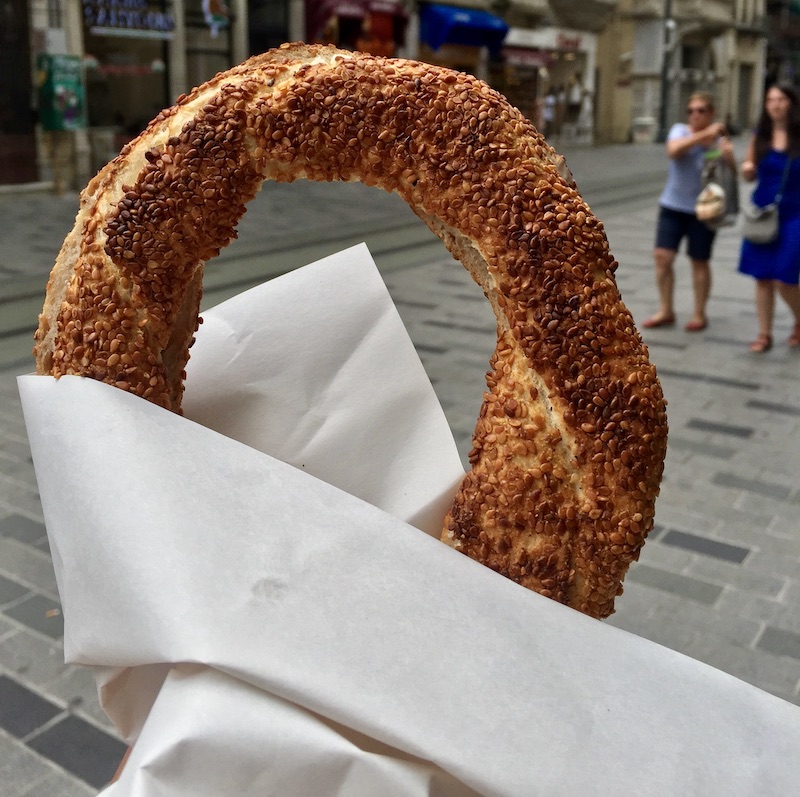
Simit is the local bread in Istanbul
Slow travel took off from the slow food movement, which began in Italy in the 1980s as a protest against the opening of a McDonald’s in Rome because Italians were used to slow cooked pastas. They wanted to preserve regional cuisine, local farming, communal meals and traditional food preparation methods.
More time at one destination means you are likely to sample the local cuisine of the place and also give back to the people in the community. Food is something which is extremely important to Indians – and the Indian traveller has evolved over the years so now they want to delve into the local cuisine of the place.
In fact the 2020 report by the World Food Travel Association says that 80% of travellers research about food when they visit a destination. I do it myself – be it in India or overseas I always have 5 places on my list where I want to eat.
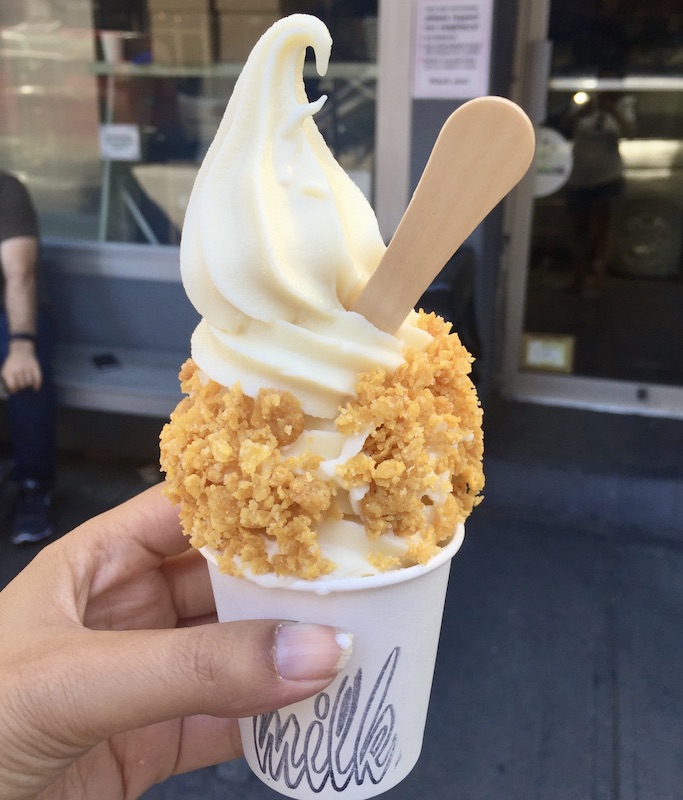
Momofuku Milk Bar's Cereal Milk Ice Cream
When you are travelling slow there are plenty of ways to explore the local cuisine of a destination – the most obvious one is to take a food tour if you visit a big city – that will give you the basic crux of the food scene and take you around different restaurants. Most capital cities have these and usually there are different areas for different kinds of food – like Chinatown in New York is for Chinese, there’s a pizza tour, the Lower East Side Food Tour, Greenwich Village Food Tour and more. Even in Delhi or say Kolkata there are so many ways to explore the food.
And if you are in a smaller place that does not have food tours, then turn to helpful locals to point out their favourite places. When I was in Patiala for an authoring project with Lonely Planet I met a few locals who took me around to their favourite food joints in the city – and I loved them. No amount of Google search could have yielded those results.
Another suggestion: before you head out anywhere, make a note of the festivals taking place because at times you get special treats prepared only at this time. For example during Ramadan, all of the corner markets suddenly start carrying a special type of bread that is sold only at that time.
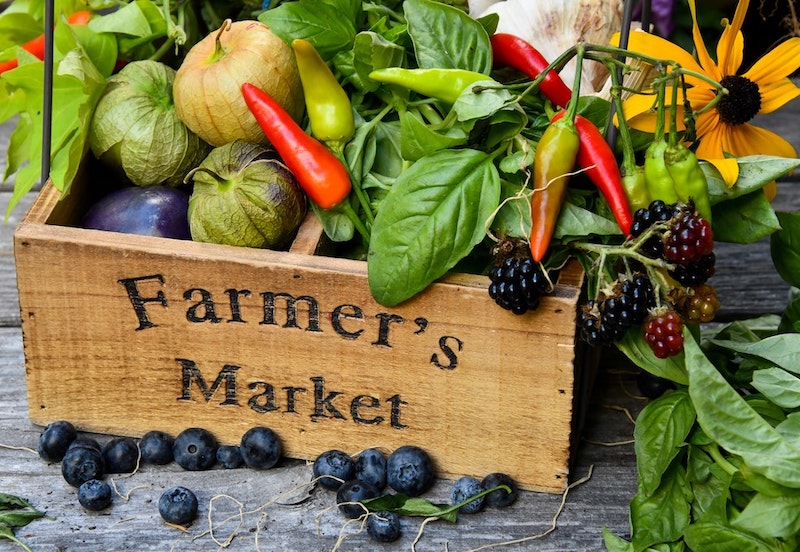
Visit a farmers market or a street food market wherever you can – it gives you a good understanding of the local produce of that area. When someone at the stall hands you a free sample, start chatting with them and ask them about the dish they gave you. The entire buzz around a street market – the sounds, the smell, the way they are preparing the food, it is something really memorable.
You can even take cooking lessons, buy the ingredients, go shopping at a grocery store –that is how you connect with people and understand their culture better. Always ask about the history of that dish. I remember when I was in Thailand, the chef at a restaurant told me he grew up eating the dish he served and his mother had taught him to prepare the -- that association has always stayed with me.
Avoid fast food chains like McDonald's and eat instead in local cafes or restaurants because that way you are giving it back to the community. When I was in Istanbul I would eat off street carts on the road – not only is the food delicious but it helps the locals.
IDEAL WAY TO PLAN A SLOW TRAVEL TRIP
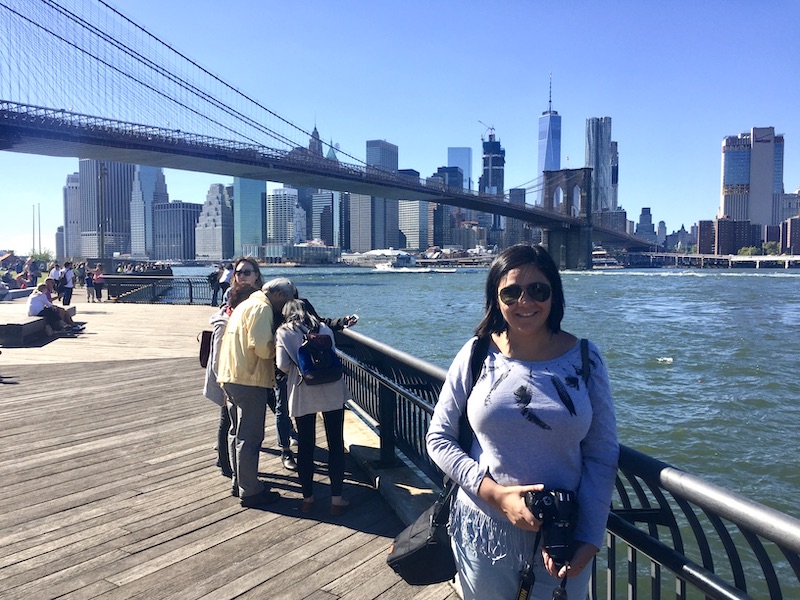
Do not be in a rush to reach your destination. If you are for example travelling in India, ideally do not take a flight even if it means driving down from say Delhi to Kerala or Delhi to Goa if you have the luxury of time. Travel slowly to save the planet. Decrease your carbon footprint.
Most probably if you are spending more time at a destination you will book an Airbnb, a homestay or a hostel which will give you a chance to talk to the host. Understand the way they live, the way they eat, learn a few words of the language even if it is very different.
This does not necessarily mean that you need to spend weeks at one destination. But don’t have a fixed agenda. Visit places at your own sweet pace. Choose a time when the crowds are thinner – for example if you are among the first few people to enter a place when it opens, than you can avoid the rush.
Say if you go to a grocery store in the neighbourhood, chances are the person there will start recognising you. You may end up having coffee with him and he may take you around or tell you about his favourite spots in the city.
Cultural immersion also gives you the chance to go beyond the much hyped tourist attractions. You can learn even more about a local culture by discovering the spots that are special to locals and unknown to guidebooks! Use public transport instead of cabs.
I would recommend two destinations for slow travelling – one is Istanbul – which has so much culture, history and food and the other in New York.
Slow travel also allows you to connect with yourself – now this may sound cliched, but if you are not rushing from one place to another it will open your eyes to a very different perspective, just as the pandemic did for many of us.
I recently had a Instagram Live with Ishita Sudha Yashvi, Co-Founder and CMO of Cross Border Kitchens on this topic.
